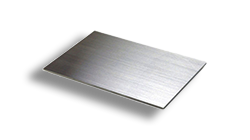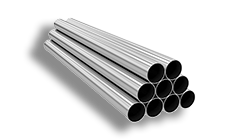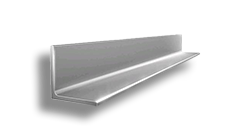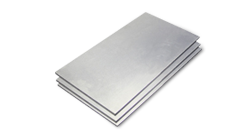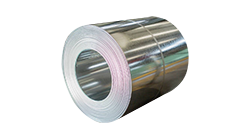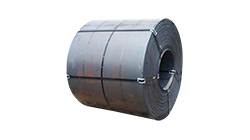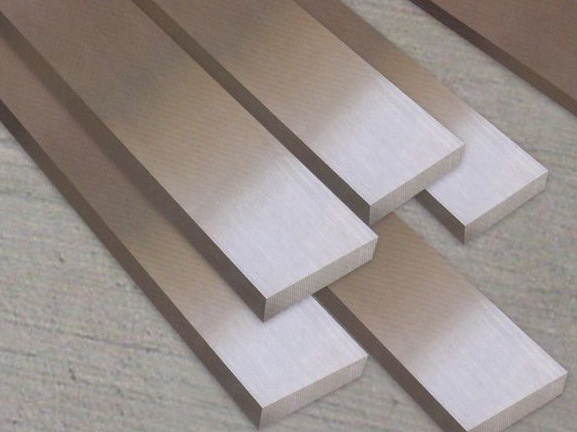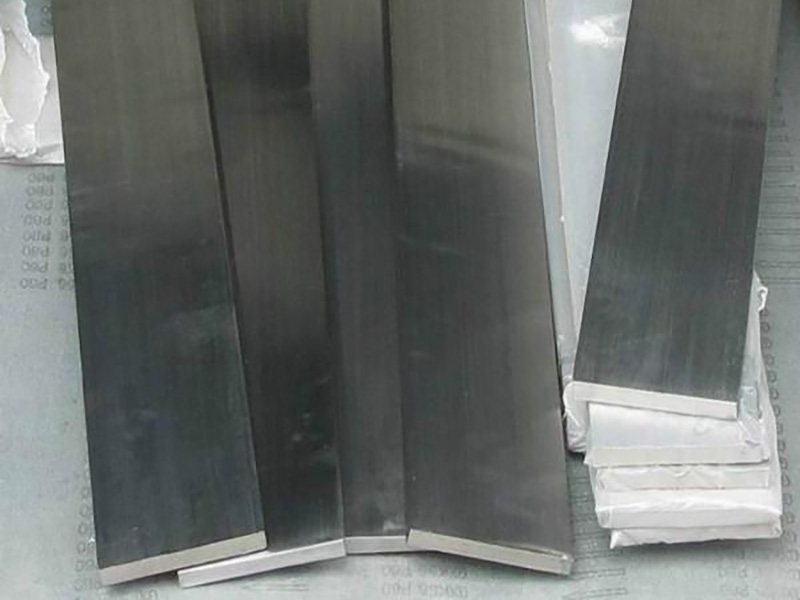Metal 321 (UNS S32100) is a stainless stainless steel plate with stable performance. Its main advantage is that it has excellent corrosion of anti -crystal intervals at the temperature exposed to the temperature of the carbide sedimentation temperature from 800 to 1500 ° F (427 to 816 ° C). Essence By adding titanium, alloy 321 stainless steel plates are stable to prevent chromium carbide.
Alloy 321 Stainless steel plates are also beneficial to high -temperature services due to their good mechanical properties. Alloy 321 stainless steel plates are 304 than alloy, especially alloy 304L have higher peristaltic and stress fracture performance. For sensitivity and inter -crystal corrosion problems, it can also be considered.
Metal 321 (UNS S32100) is a titanium stabilized Austenite stainless steel plate, which has good general corrosion resistance. It has excellent anti -crystalline inter -crystalline corrosiveness within the temperature range of 800-1500 ° F (427-816 ° C). The alloy antioxidant to 1500 ° F (816 ° C) has higher peristalsis and stress fracture performance than alloy 304 and 304L. It also has good low temperature toughness.
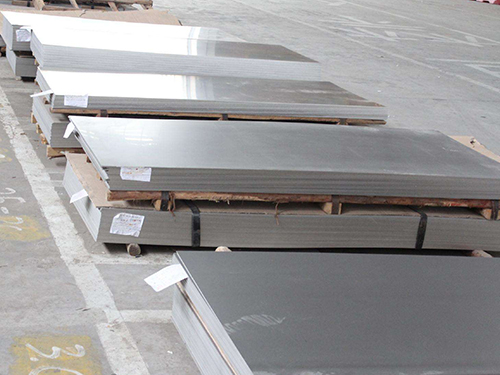
Alloy 321H (UNS S 32109) stainless steel plate is a alloy with higher carbon (0.04-0.10). It is developed to improve creep degeneration and has higher strength at temperatures above 1000 ° F (537 ° C). In most cases, the carbon content of the board can achieve dual certification.
Alloy 321 stainless steel plates can not be hardened by heat treatment, and can only be processed coldly. It can easily weld and process standard workshop manufacturing practice.
Alloy 321 stainless steel plate has a good general corrosion resistance as 304. It develops within the sedimentation range of silicon carbide at 1800-1500 ° F (427-816 ° C), with unstable alloy such as 304 to particle offense.
The alloy can be used for most diluted organic acids at medium temperature, for pure phosphate at low temperature, and is used for diluted solutions at high temperatures at high temperatures. Alloy 321 in the hydrocarbon -based alloy 321 anti -polysulfonic acid stress corrosion and cracking. It can also be used in moderate temperature chloride or fluorine -free solution.
The alloy 321 stainless steel plate performs poorly in the chloride solution, and even if the concentration is small, it cannot be used in sulfuric acid. Alloy 321 stainless steel plates can be easily welded and processed through standard workshop manufacturing practice.
The cold processing rate of 321 stainless steel plate is lower than the processing hardness of the 410 stainless steel plate, but it is similar to 304. The following table provides related processing data.

